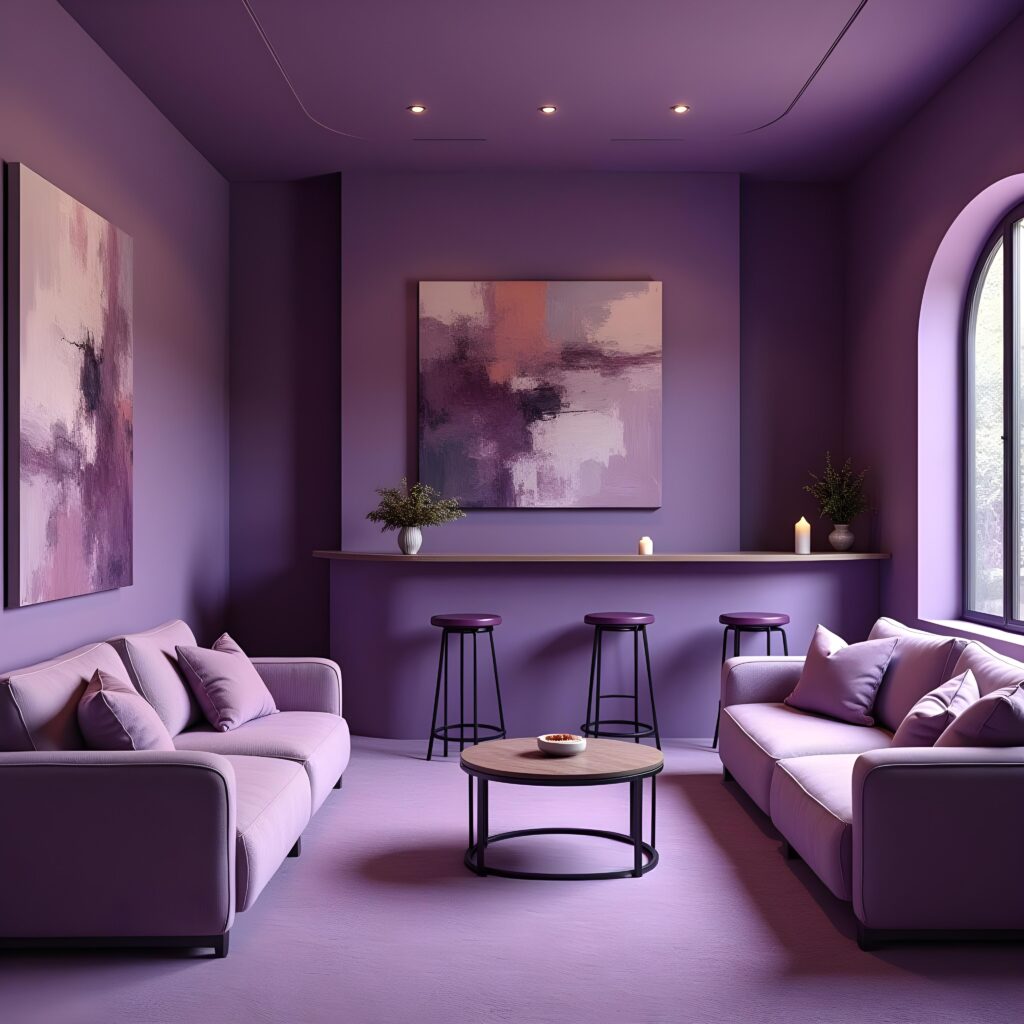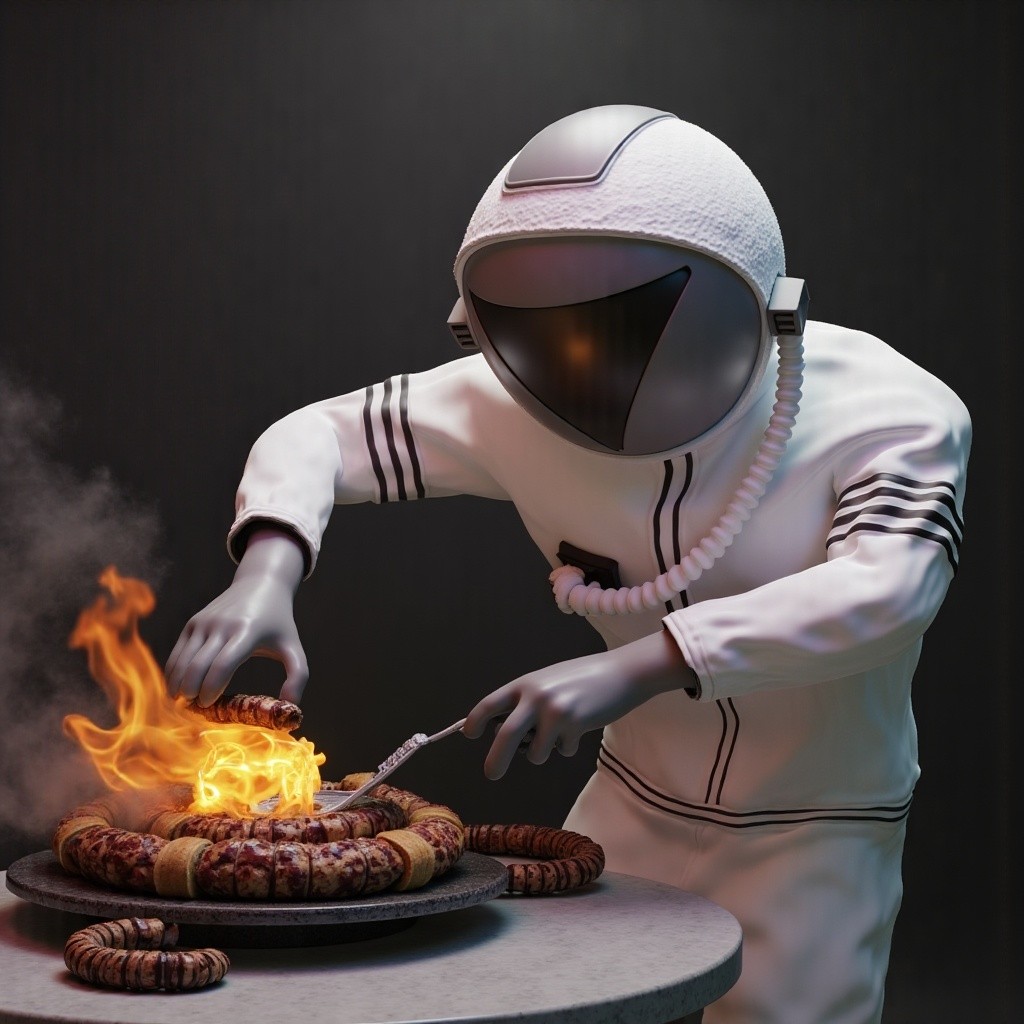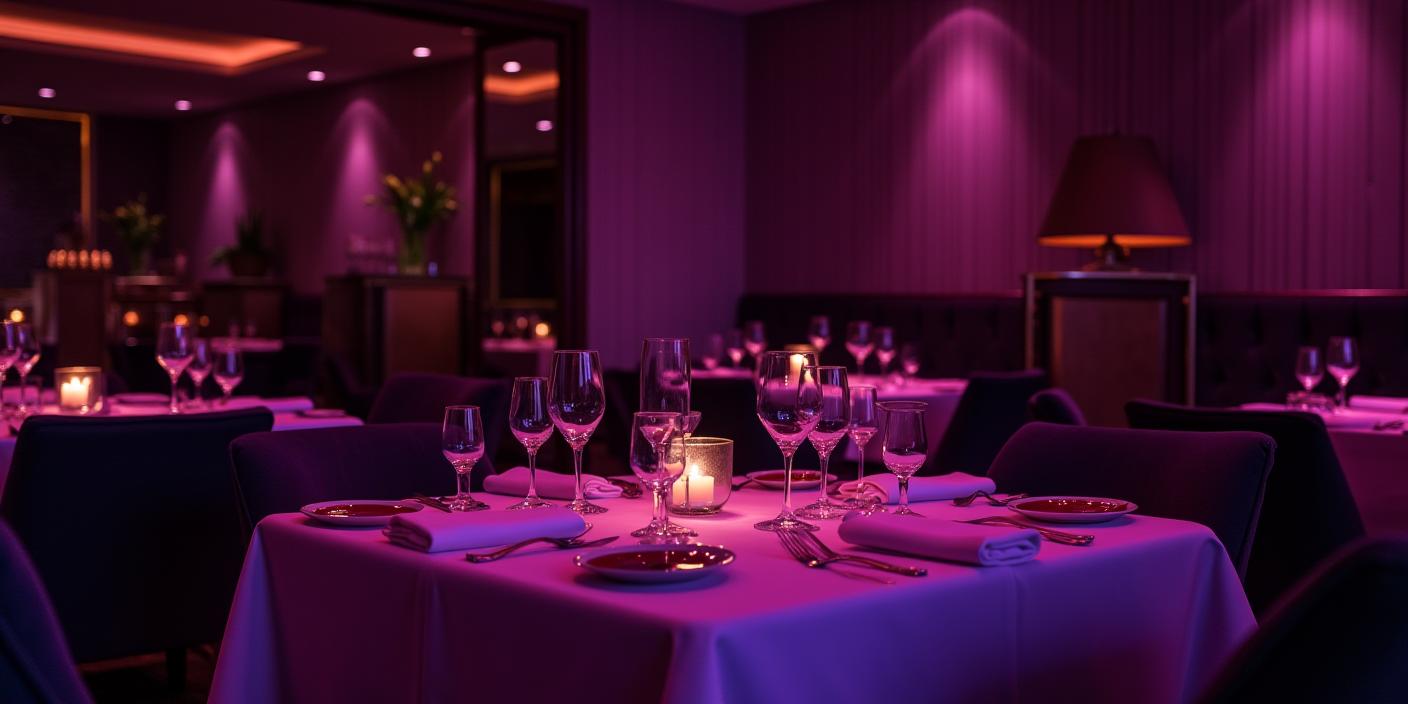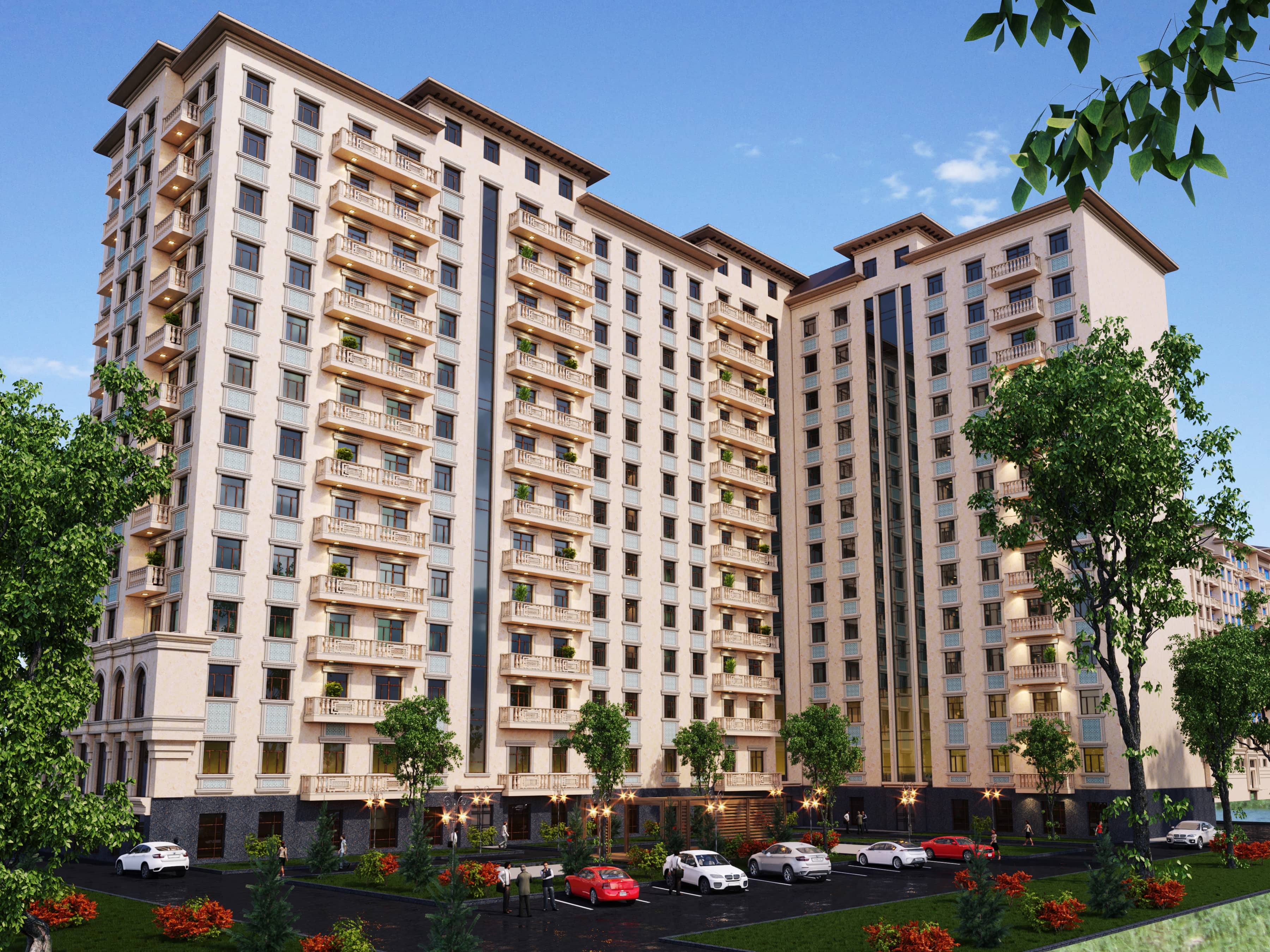In the era of digital marketing visual content has become the basis for promoting any business, and restaurants are no exception. Creating visual content for restaurants includes: beautiful photos, videos, and graphics. This will help to awaken the appetite, create an atmosphere and attract customers. We'll show you step-by-step how to create effective visual content for restaurants.
Define the concept
Before creating visual content, it's important to understand exactly what you want to convey to your audience. This can be a cozy atmosphere, an emphasis on fine cuisine, or a demonstration of the freshness of ingredients. Your images and videos should tell the story of the restaurant, reflect its spirit and style.
Work with the interior
The interior of your restaurant is an important part of visual content. Before you start shooting, make sure that the space looks attractive: the tables are neatly set, the lighting highlights the details, and the background is clean and well-groomed. This will create the right first impression.
You can use decorative elements that are associated with your restaurant: flowers, books, dishes, or even branded accessories. Such details add uniqueness and help to convey the atmosphere of the institution.

Choose high-quality shots
Professional photography and videography are the basis for engaging content. Invest in quality equipment or hire a professional photographer. The right light, composition and angle make the dishes appetizing, and the interior-cozy.
If you plan to create visual content for the restaurant yourself, pay attention to the camera settings and lighting. Natural light is the best assistant for shooting food, but if this is not possible, use soft artificial light.
Show off the dishes in all their glory
Food photos are the business card of the restaurant. They should be bright, detailed and awaken the appetite. Focus on the textures and colors of the dish.
It is also important to choose the right background. Simple wooden or stone surfaces emphasize the naturalness and aesthetics of dishes. Experiment with the composition: add a glass of wine, cutlery, or elements related to the cuisine of your restaurant.

Include the cooking process in creating visual content for restaurants
People like to see how food is created.
Show the cooking process: the skill of the chef, fresh ingredients, the moment of serving.
Videos about the cooking process or photos of working in the kitchen add authenticity and demonstrate quality.
Don't be afraid to experiment with angles: close-ups of ingredients, the chef's hands while working, or the overall view of the kitchen create lively and dynamic content.
These videos will also increase the trust of customers, as they will see the cooking process.
Use the power of emotions
The visual content of the restaurant should be not only beautiful, but also emotional. Show the people enjoying their food, the smiles of the guests, and the warm atmosphere of the evening. These images help potential customers imagine themselves in the shoes of your restaurant's customers.
Emotional images work especially well in social media, as they evoke a response from the audience and stimulate the desire to visit your institution.
Create seasonal collections
Seasonality is a great way to refresh your visual content. Show dishes that are relevant at certain times of the year: warming soups in winter, fresh salads in summer. Add seasonal decor or themed elements to make your content more lively and relevant.
These collections can be used to advertise special offers, promotions, or new seasonal menus.
Attention to detail
Every detail in a photo or video matters. This applies to dishes, cutlery, textiles and even lighting. Use accessories that complement the overall style of the restaurant and enhance its atmosphere.
If you shoot cocktails or desserts, make sure that the colors are bright, the textures are detailed, and the composition is harmonious. Even the smallest stroke can change the perception of an image.
Persistence in style
Your visual content should be consistent and recognizable. This applies not only to colors and filters, but also to the overall atmosphere. Develop a style that will be associated with your restaurant, and stick to it in all materials.
Integrity in style helps create a brand that is easy to remember and evokes associations.








